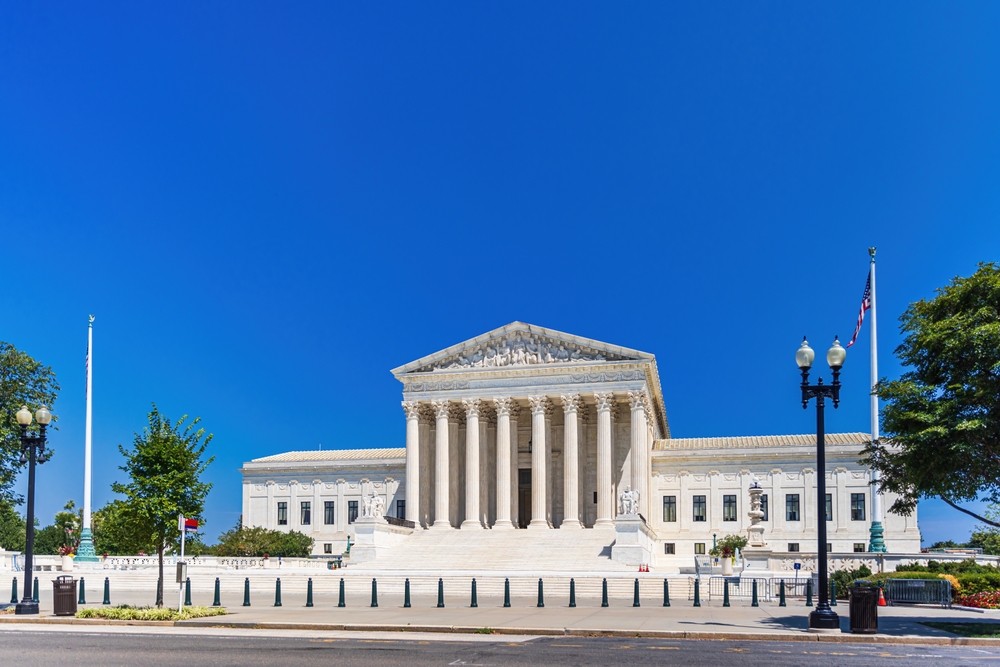 By Immy Singh
By Immy Singh
In a significant decision that increases potential liability for Ohio school districts, the U.S. Supreme Court has lowered the level of proof required for parents of students with disabilities to obtain money damages for disability discrimination claims brought under Section 504 of the Rehabilitation Act (Section 504). Accordingly, school districts should prepare for greater legal exposure and a possible uptick in claims under Section 504.
The case, A.J.T. v. Osseo Area Schools, Independent School District No. 279 (2025), involved a student with a rare form of epilepsy whose seizures were so frequent in the morning that they prevented her from attending school before noon. Her previous district had accommodated her condition by offering instruction later in the day; however, Osseo Area Schools denied repeated requests for evening instruction, resulting in her receiving less instructional time than her peers. The U.S. Court of Appeals, Eighth Circuit, declined to award monetary damages under Section 504, adhering to a long-standing precedent that requires a showing of “bad faith or gross misjudgment” by school officials for monetary damages to be awarded. In other words, a school district’s simple failure to provide a reasonable accommodation under Section 504 was not enough to trigger financial liability. Rather, there had to be a showing of bad faith or gross misjudgment. This “bad faith or gross misjudgment” standard was the same standard adopted by the U.S. Court of Appeals, Sixth Circuit, which has jurisdiction over Ohio and its school districts.
The Supreme Court disagreed with this heightened standard and held that students bringing education-related claims under Section 504 should not be held to a higher standard than individuals in other public settings. Outside of the educational context, plaintiffs seeking monetary relief must generally demonstrate intentional discrimination, shown by proving “deliberate indifference,” meaning that the defendant knowingly disregarded a strong likelihood that its actions violated federally protected rights. The Supreme Court concluded that nothing in the text of Section 504 suggests that educational services should be subject to the more demanding analysis of “bad faith or gross misjudgment” imposed by the lower courts. Instead, Congress, through the IDEA, expressly preserved families’ rights to pursue claims under other federal anti-discrimination laws, including the Americans with Disabilities Act (ADA) and Section 504.
What This Means for Schools
While this decision does not change the procedural requirement that families must first exhaust IDEA procedures before pursuing ADA or Section 504 claims, it makes clear that courts will apply the deliberate indifference standard, not the more demanding “bad faith or gross misjudgment” standard, when evaluating such claims in the context of educational services. By lowering the burden of proof, the decision makes it easier for families to pursue ADA or 504 claims, potentially leading to an increase in litigation against school districts.
If you have any questions about the wave of changes that are here or coming soon, do not hesitate to contact Pepple & Waggoner Attorney Immy Singh.

